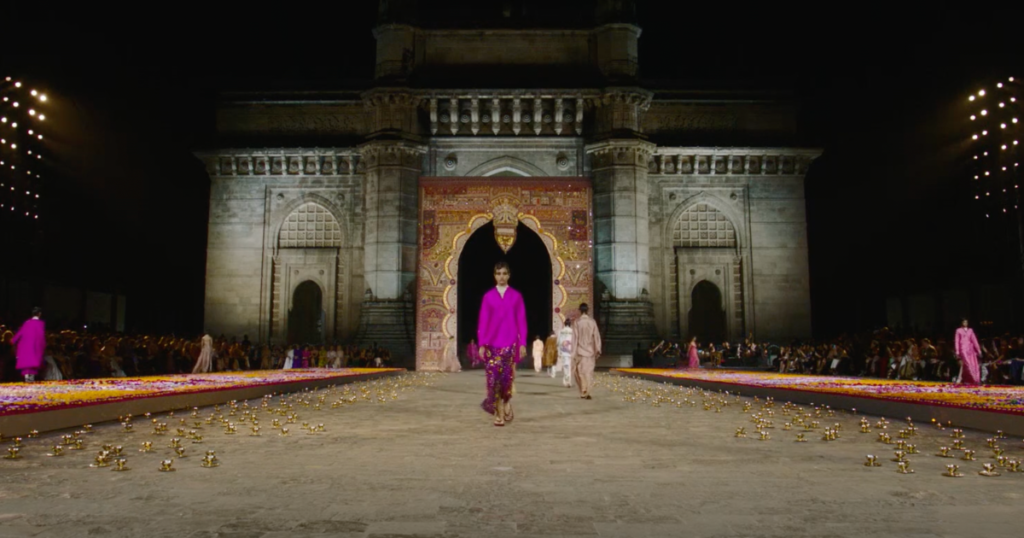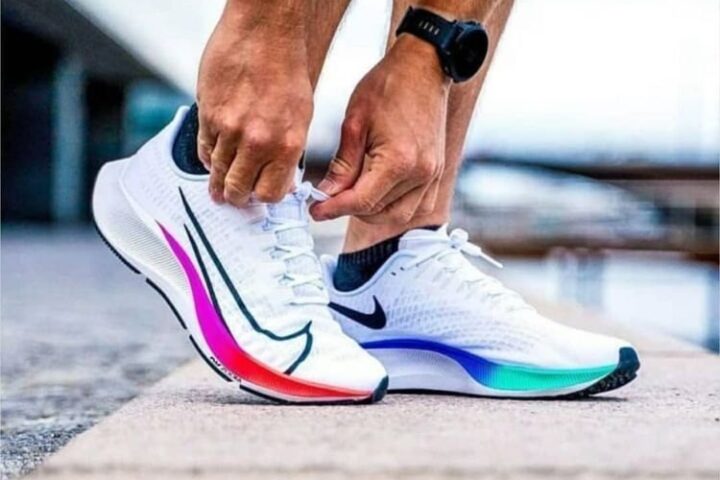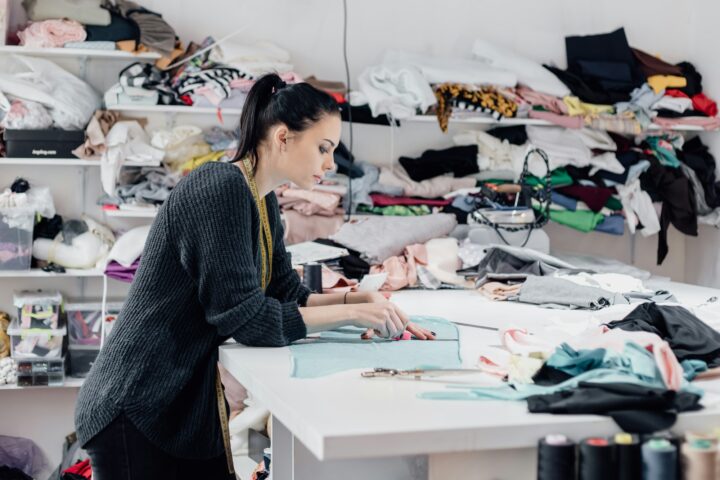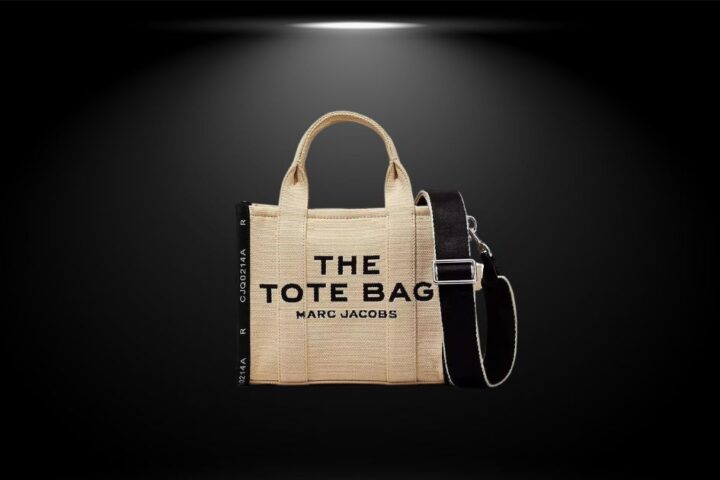Notoriety means different things to different people – but what transcends this difference is that the essence of each interpretation is more or less the same. Think of it this way; Loki- the charming trickster is known for his notoriety in the Marvel Universe. You know he’s mostly the bad guy but you still like him. Similarly, most of us still adore and rely on our BFFs (Brands of Fast Fashion) to fill our seasonal wardrobes despite knowing that these very garments have been notoriously manufactured.
Fast fashion refers to a shift in the industry to faster production processes at lower costs. It is a term used to describe readily-available and affordable fashion that’s brought from the catwalk to stores supersonically. With the advent of globalization, the supply chains in the fashion industry have become international. By virtue of this, every step of the supply chain- right from cultivation of fibres to production of garments- has shifted to those countries and regions that make it exponentially cheaper. Fast Fashion brands have been lambasted at recurrently for being tainted with human right abuses, discrimination, and forced labour, among many things. Here are some of your favourite brands that are known to be notorious in one way or the other.
H&M : As of 2020, H&M is the second largest retailer in the world. It is the world’s largest buyer of garments from Bangladesh. It’s safe to say that the brand has been involved in many cases of rampant human rights violations. The average wage in H&M’s supply chain is still far from a living wage in Bangladesh and several other countries. Factory owners from Bangladesh claim that the buyers from the retail giant use aggressive negotiation practices and settle for the lowest prices only.
Faria Mustafi, who works in one of these factories, testifies to being paid so little that she is forced to borrow money from her neighbours to fill her stomach.
Moreover, there are reports on gender based violence in H&M’s supply chain. The report claims that these acts of violence are a direct result of the pressure on these women to meet fast fashion deadlines. H&M lists 235 Indian garment factories among its suppliers, according to the report. A dispute in Bangalore about working conditions and wages led to a female tailor being physically and verbally assaulted. There exist similar cases of violence in factories that work for H&M all over the world.
In 2018, a racist advertising image was put up in which a Black child was pictured wearing a sweatshirt with the slogan “coolest monkey in the jungle” on the brand’s United Kingdom website. H&M’s failure at creating an environment that lacked cultural awareness and diversity was met with strong backlash from consumers. Artists like the Weeknd severed ties with the brand, and consequently the company’s stock took a nosedive.
In 2020, the global chain was slapped with a whopping $41 million fine for violating its workers’ privacy in Germany by recording private information about ‘several hundred employees’.
Victoria’s Secret (VS) : There exist deep, systemic notions of misogyny in the very idea of the brand. The thought that women must don over-the-top lingerie to attract the male species does not only objectify women but is also redundant in the 21st century. Back in 2008, the infamous brand was slapped with accusations of putting formaldehyde in the lingerie that it sold worldwide.
A class action lawsuit was filed which stated that the consumers experienced very uncomfortable symptoms like rashes, hives and permanent scarring from Victoria’s Secret bras.
The New York Times interviewed former VS models and employees and unearthed a pattern of gross objectification and harassment of women. Most of them spoke against Ed Razek, one of the top executives at L brands (parent company of Victoria’ Secret) ,who reportedly made vulgar physical advances at the models. The interviews highlight the brand’s culture of misogyny and its failure to embrace the changing notions of beauty, individuality and feminism over the years.
On top of this, the workers at factories that manufacture the lingerie have time and again complained of underpayment and poor working conditions. The brand was sued for the same earlier this year in a class action lawsuit.
This only highlights how all the stakeholders – the workers, employees, models and even consumers have borne the brunt of the fashion giant’s blunders.
Fashion Nova : Often described as a social media phenomenon, Fashion Nova is an average
Gen-Z’s dream-place. The brand counts for over 20 million followers on Instagram and around 2,000 influencers — including Cardi B , Kylie Jenner, Khloé Kardashian and Nicki Minaj — create roughly 6,000 pieces of content about the brand each month.
The fast fashion brand reigns over all of Instagram and is growing rapidly. Apart from incredible marketing and promotional tactics, what actually seals the deal is the inexpensiveness of the clothes. Fashion Nova is selling more clothes than ever because of the cheap rates at which the consumers can buy trending apparel. And the only reason they are able to pull this off is by making scapegoats out of the workers and employees that are paid illegally low wages.
Popular faces, when representing them, increase the brands’ profits and also encourage notoriety in multiple ways. Singer Cardi B’s collaboration with Fashion Nova in 2018 led to the company making $1 million in the first 24 hours of its launch. The fact that she was a regular customer at the brand for years added an air of authencity and it led to consumers increasing profits and sales for a company that underpays its workers. Model Cara Delevingne’s collaboration with Nasty Girl had a similar effect. Nasty Gal’s comfortable and trendy clothes wreak devastating environmental havoc, from the byproducts of factory production seeping into rivers, to microfibres from washing fast fashion clothing polluting oceans. It is imperative that celebrities, stylists and other popular figures recognise the impact they have on the increasing fast fashion culture and actively dissociate themselves from such notorious brands.
It’s only natural for brands and clothing companies to aim for fame to make it big in the industry. And more often than not, their way to achieve that takes an unfortunate turn. Lack of transparency, contribution to environmental degradation, human rights violations, racial discrimination are some pressing concerns that almost every brand has to tackle in order to be ethical, sustainable and clean. Brands like Boohoo, Zara, Pretty Little Things, Urban Outfitters are no exception. The Fashion Transparency Index, in its 6th edition, reviewed and ranked 250 of the world’s largest fashion brands and retailers according to what information they disclose about their social and environmental policies, practices and impacts, in their operations and supply chain.
In today’s time, consumers are actually trying to decide their purchases based on the ethical and social values of a brand, and such reports along with rising awareness among celebrities that promote brands are what can potentially lead to a safer, cleaner and less notorious industry.










